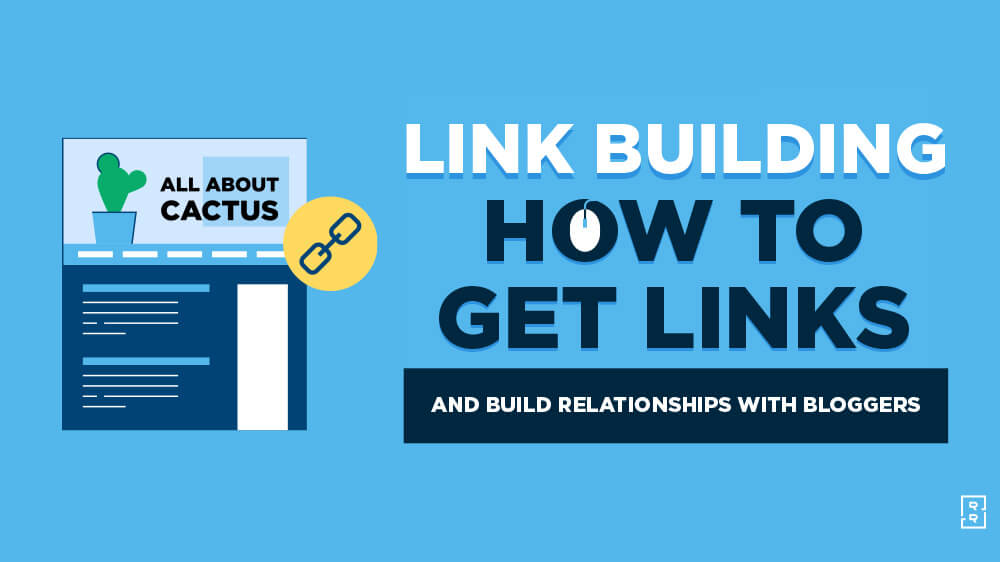LinkedIn marketing best practices
To maximize your LinkedIn presence, follow a road map of tried-and-true methods. Here are seven best practices to focus your LinkedIn marketing strategy.
1. Use relevant hashtags
Hashtags are words or unspaced phrases that begin with a # symbol. They’re used on social media to make it easier for interested users to discover content they’re interested in. For example, adding #LinkedInMarketing at the end of a relevant post will help users looking for LinkedIn marketing tips discover the content.
Using relevant hashtags is essential. If your content appears in unrelated topics, users will disregard it, which can harm your brand’s reputation. It’s also important to limit the number of hashtags you use to three to five, as this keeps your content appearing in the most appropriate niches.
2. Know when to use a profile vs a page
Not all pages on LinkedIn are the same, and making the most out of your marketing campaign depends on knowing the difference. A profile is a personal page where you’ll include personal information and work details so others can understand the story of your employment. Profiles are excellent tools for building connections, sharing posts, and commenting as yourself.
A company page is more like your business’s storefront. You can post jobs and updates about your company for interested individuals to see. However, unlike posts from your profile, posts from your company page won’t spread organically or appear in people’s feeds unless they have chosen to follow your page. To counter this, you can run paid ads to get the posts from your company page out.
3. Share posts of varying lengths
Because individual preferences differ, it’s best to vary your posts to attract different types of people. Posts with motivational quotes or a quick statistic will attract the attention of some users, while others may enjoy reading a deep-dive analysis that takes 10 minutes to digest. Varying the lengths of your posts makes sure you’re not leaving anyone out.
4. Mix original and curated content
Varying the type of content you put out will garner engagement from different users. Some content should be original to show you’re a thought leader. Share your thoughts, stories, and company updates to showcase your brand’s voice and skillsets. Selectively adding curated content, such as industry news, reports, and insights from others, will demonstrate that you’re trying to help and educate rather than just promote your brand.
5. Include visuals and videos
While text is an effective way to post on LinkedIn, using images and videos can grab people’s attention faster. Instead of putting up a post listing many facts and figures, create a striking infographic that will cause users to stop scrolling and share it with their network.
Videos can also make your LinkedIn content more engaging and shareable.
6. Tag relevant people or companies
LinkedIn allows you to mention people and companies using the @ symbol. There are several benefits to tagging another individual or company in this way.
The platform notifies the person or business you’ve tagged, allowing them to engage with the content. The post may also appear in the feeds of their audiences, helping to expand your reach and captivate a wider audience.
7. Write strong first lines for scroll-stopping content
As with any content, a strong enough hook can cause users to stop scrolling to see where it leads. LinkedIn only shows the first two or three lines of a post, and users must click See More to view the rest.
An engaging intro that causes readers to click See More signals that people are interacting with your content. The algorithm will then boost your post so more users see it.









